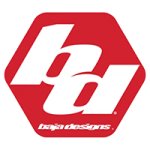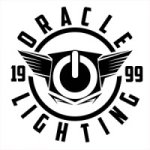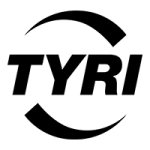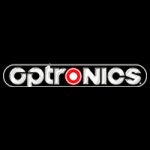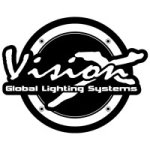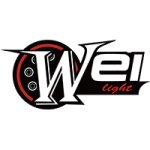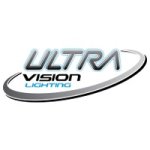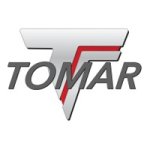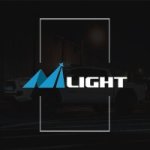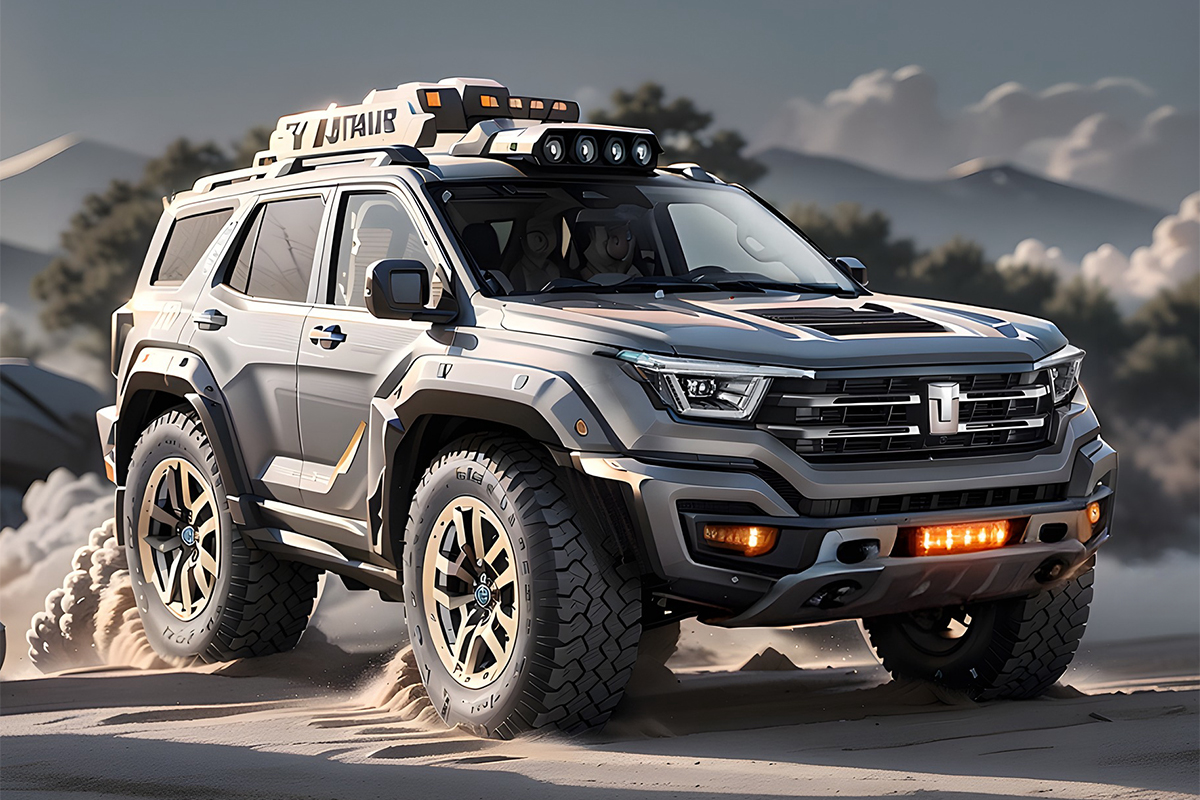
Vehicle spotlights provide a focused and concentrated beam of light with the purpose of providing intense illumination to a particular area or object. They are specifically designed to provide long-range visibility through the use of focused beams, high-intensity light sources, and precise optics or reflectors. Unlike traditional headlights that illuminate a broader area for general visibility, spotlights are engineered to project light over a greater distance. The engineering and design of spotlights prioritize the optimization of light for distance rather than broad coverage. This makes spotlights ideal for scenarios where seeing objects or details at a distance is critical. Spotlights are indeed a popular type of vehicle auxiliary lights. Their versatility, effectiveness in specific scenarios, and the ability to enhance visibility make spotlights a sought-after choice for those looking to improve their vehicle's lighting capabilities. While the additional lighting they provide is beneficial for improved visibility during nighttime driving, off-road adventures, or in emergency situations, spotlights also contribute to the aesthetics of a vehicle. Vehicle owners often select spotlights that complement the overall design and color scheme of their vehicles. The careful consideration of aesthetics ensures that the spotlights seamlessly integrate with the vehicle's visual identity. Spotlights can be mounted in various locations on a vehicle, providing flexibility in design and functionality. Common mounting locations include the front grille, roof rack, A-pillars, bull bars, or even on the rear of the vehicle. The choice of mounting location can impact the overall aesthetics and style of the vehicle. The strategic placement of spotlights can contribute to a rugged or off-road-inspired appearance.
Vehicle spotlights have versatile applications, ranging from off-road adventures to professional use in emergency services, law enforcement, and utility vehicles. Off-road enthusiasts often equip their vehicles with spotlights to enhance visibility during nighttime off-road adventures. The ability of spotlights to illuminate the path ahead helps drivers navigate challenging terrains. RVs and campers often feature spotlights to enhance visibility during camping activities. Spotlights are useful for setting up campsites, navigating in the dark, and ensuring safety during outdoor adventures. Spotlights play a critical role in search and rescue missions, providing rescue teams with the necessary visibility to locate individuals, vehicles, or objects in large and potentially hazardous environments. Vehicles used by emergency responders, such as police cars, ambulances, and fire trucks, often feature spotlights. These spotlights assist in emergency situations by providing additional illumination for scene assessment or directing attention. Spotlights are commonly used in security applications for nighttime surveillance. They help security personnel monitor large areas, identify potential threats, and maintain a heightened level of visibility during patrols. Construction sites often operate during various lighting conditions. Spotlights are used to illuminate specific areas where detailed work is taking place, ensuring that construction workers can perform tasks safely and efficiently. Agricultural vehicles, such as tractors or combine harvesters, may be equipped with spotlights for nighttime operations. This enhances visibility for farmers working in the fields, allowing them to monitor equipment and ensure optimal productivity. Spotlights are commonly used by hunters to spot game animals at a distance. Outdoor enthusiasts engaging in activities such as hiking or fishing also benefit from spotlights for increased visibility during low-light conditions. In industries like offshore drilling and mining, spotlights are utilized to illuminate large work areas. They contribute to safety and operational efficiency by providing visibility in challenging and remote environments.
Vehicle spotlights have transitioned to LED technology, and this shift is attributed to the advantages that LEDs offer over traditional lighting technologies. LED technology is known for its high energy efficiency. In situations where spotlights are required for prolonged durations, reduced power consumption becomes crucial for efficiency and sustainable operation. LEDs have a longer operational life compared to traditional light sources like halogen bulbs. LED spotlights are known for their longevity, which reduces the frequency of replacements. This is advantageous for vehicle owners and operators as it minimizes maintenance costs and enhances overall reliability. LEDs are solid-state lighting devices that are inherently more resistant to shocks and vibrations compared to fragile filaments in traditional bulbs. This resistance makes LED spotlights well-suited for off-road and rugged environments where vehicles may experience frequent jolts and vibrations. The design flexibility of LED lights allows for easier integration into vehicles without adding significant weight or bulk. The compact form factor also facilitates various mounting options. LEDs are directional in nature. This is a great advantage for spotlighting applications. The spectral flexibility of LED technology can be important for specific applications where color rendering or temperature preferences matter, such as in outdoor activities or professional work environments. LED technology integrates seamlessly with advanced control systems, allowing for features like remote control, dimming, and integration with other vehicle electronics. This enhances the user experience and provides additional functionality. Advanced LED spotlights can incorporate adaptive lighting features, adjusting the beam pattern based on driving conditions. This can include features such as variable beam width or adjustable light angles to optimize visibility in different scenarios.
Vehicle-mounted LED spotlights come in various forms, referring to their physical designs, configurations, and mounting options. These forms determine how the LED spotlights are installed on vehicles and the range of adjustability they offer. Fixed LED spotlights are securely mounted in a stationary position on the vehicle. These spotlights provide a fixed direction of illumination and are ideal for applications where a consistent and unchanging beam angle is sufficient. Adjustable LED spotlights allow users to change the direction or angle of the spotlight beam. The adjustability feature provides flexibility in directing the light where it is needed most. Adjustable spotlights are often used for off-road driving or in situations where the lighting requirements may change. LED light bars are mounted on the roof of the vehicle in a bar format. Roof-mounted light bars provide a wide and powerful beam, covering a larger area. They are commonly used on off-road vehicles, trucks, and emergency vehicles. LED spotlights can be mounted on the front or rear bumpers of a vehicle. Bumper-mounted spotlights are often used for additional forward or rearward visibility. They may be fixed or adjustable based on the design. LED spotlights can be integrated into the vehicle's grille. Grille-mounted spotlights provide a discreet and integrated appearance. They are often used for aesthetic purposes while maintaining functionality. LED spotlights are mounted on the A-pillars (the vertical supports on each side of the windshield). A-pillar-mounted spotlights are commonly used in off-road vehicles. They provide additional forward visibility and can be fixed or adjustable. LED spotlights can be integrated into or mounted near side mirrors. Mirror-mounted spotlights may offer side illumination or serve specific purposes such as enhancing visibility during turns or parking. Hood-mounted spotlights provide illumination in the front area of the vehicle. They can be fixed or adjustable, depending on the design. Cowl-mounted spotlights offer a unique placement and can be used for specific lighting needs. Rear-mounted spotlights are used for additional visibility in reverse or to illuminate the area behind the vehicle.
The design of vehicle-mounted LED spotlights involves a holistic approach that considers the housing, optics, adjustability, mounting options, durability, and compliance with regulatory standards. The choice and arrangement of LEDs play a crucial role in the design. High power LEDs with proper color temperature and color rendering index are selected to ensure a bright light output and dependable operation. LED spotlights often feature lenses and optics designed to control the light output. This includes reflectors, lenses, or optics that shape and direct the light to achieve the desired beam pattern, such as spot or flood. Some spotlights may incorporate advanced optics for improved focus and light distribution. The design often includes heat sinks or other thermal management features to dissipate heat released by LEDs effectively. The internal electronics of LED spotlights include driver and control circuitry to regulate the power supplied to the LEDs. The design considers the efficient management of electrical components and the inclusion of durable wiring for reliable performance. LED spotlights are designed to operate on the vehicle's electrical system. The design includes considerations for voltage requirements, power efficiency, and compatibility with common vehicle electrical systems. The driver circuitry must regulate the voltage supplied to the LED spotlight to ensure a consistent and stable output. LEDs are sensitive to variations in voltage, and precise regulation helps maintain a steady light output, contributing to consistent illumination. The driver circuitry should incorporate protective measures, such as transient voltage suppressors or voltage clamping circuits, to safeguard the LEDs from damage caused by sudden voltage spikes. Vehicle electrical systems can generate electromagnetic interference (EMI), which may affect the performance of sensitive electronic components. The driver circuitry should include EMI filtering to reduce electromagnetic emissions and ensure that the operation of the LED spotlight does not interfere with other electronic systems in the vehicle.
The weather-resistant and waterproof design of vehicle spotlights is a critical feature that enhances their durability, reliability, and performance in various environmental conditions. The housing of LED spotlights is typically made from durable materials such as aluminum, stainless steel, or high-quality plastics. The design of vehicle-mounted LED spotlights should provide protection against environmental factors, including moisture, dust, and vibrations. Given that vehicles encounter diverse weather conditions, the design includes features to make the spotlights waterproof and resistant to environmental elements. Seals and gaskets are used to protect the internal components from water, dust, and other contaminants. The design of vehicle-mounted LED spotlights accounts for the potential vibrations and shocks experienced during vehicle operation. The materials and construction are chosen to ensure durability and resistance to vibrations, contributing to the longevity of the spotlight. Exposure to moisture can lead to corrosion of internal components, affecting the performance and lifespan of electronic devices. Weather-resistant and waterproof designs protect the spotlight's internal electronics from corrosion, contributing to long-term reliability. UV-resistant materials in vehicle spotlights help prevent fading and discoloration that may occur when exposed to sunlight for extended periods. This is particularly important for maintaining the appearance and functionality of the spotlight.



